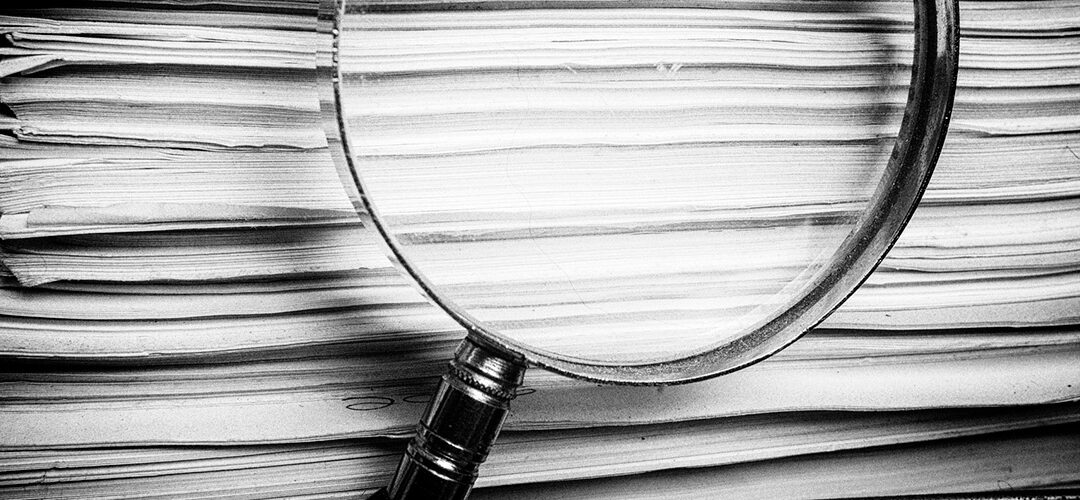In the field of medicolegal death investigation, documenting and evaluating the scene is a foundational step in determining the cause and manner of death. A thorough and methodical approach to scene documentation—through photography, written notes, witness interviews, and evidence collection—is essential for preserving facts and ensuring investigative integrity. Below, we explore the key elements that guide this process.
Photographic Documentation of the Scene
Photographing the death scene is one of the most critical tasks for a Medicolegal Death Investigator (MDI). Photographs serve as a permanent historical record, capturing the scene as it was initially observed. Before any evidence or the body is disturbed, the following practices should be followed:
- Minimize Distractions: The investigator should ensure extraneous individuals and equipment are not visible in the photos.
- Establish Context: Wide-angle shots from various perspectives help orient the scene in its surroundings, providing spatial context. In large-scale or mass casualty incidents, elevated or aerial views may offer additional clarity.
- Detail-Specific Shots: Close-ups of significant findings should be taken, ensuring each detailed image is referenced in at least one wide shot.
- Multiple Angles: Key findings should be photographed from different angles to present a complete visual record.
- Use of Scales: Measurement scales should be included when photographing specific evidence for accuracy.
- Capture All Conditions: Even if items have been moved, photographs should still be taken to document their current state.
Photography is indispensable for reconstructing the scene and provides critical evidence for pathologists, legal teams, and other stakeholders. Investigators must ensure that comprehensive images are taken before departing the scene.
Written Scene Documentation
While photographs provide visual evidence, written documentation supports and contextualizes those images. This descriptive record helps correlate visual evidence with investigative observations and serves to refresh recollection when needed.
Prior to removing the body or any physical evidence, the investigator should note:
- The location, position, and appearance of the body
- The relationship between the body and surrounding evidence, including measurements
- Blood and body fluids, including estimated volume, patterns, and locations
- Environmental conditions, such as odors, lighting, temperature, and other transient details
Accurate written descriptions are essential to recreate the scene and are often used in conjunction with photographs for a more complete understanding.
Determining the Probable Location of Injury or Illness
The site where a body is discovered may not be the location where an injury or illness occurred. It is the investigator’s responsibility to identify all potentially relevant locations involved in the decedent’s final events.
The following steps support this determination:
- Document where the death occurred and where the body was found
- Record the location of injury or contributing events
- Identify where the MDI conducted their on-site investigation
- Note any discrepancies between the body and its surroundings
- Examine clothing and trace evidence for inconsistencies
- Look for signs of movement, such as drag marks
- Record activities post-injury
- Interview first responders, family, and witnesses to establish timelines and movements
These steps help reconstruct a chain of events and provide context that might influence the classification of the death.
Collecting, Inventorying, and Safeguarding Property and Evidence
Safeguarding the decedent’s property and any surrounding evidence is another critical component of the investigation. Personal items should be inventoried and protected to ensure they are processed appropriately and returned to the next of kin, or held as evidence when necessary.
The MDI or authorized personnel should inventory and secure the following:
- Illicit drugs and drug paraphernalia
- Prescription medications, with documentation of the name, dose, prescriber, pharmacy, issue date, and remaining quantity
- Over-the-counter medications
- Valuables, such as money or jewelry
- Items of evidentiary value, including weapons, notes, ligatures, or other forensic evidence
Proper handling ensures both legal integrity and the respectful treatment of the decedent’s belongings.
Interviewing Witnesses at the Scene
Witness interviews offer invaluable insights into the events leading up to the death and help clarify the decedent’s terminal history. These conversations may involve individuals who discovered the body, were present during the event, or have relevant background knowledge.
When conducting interviews, the MDI should:
- Gather complete identifying information on all witnesses
- Establish the relationship between each witness and the decedent
- Document the basis of their knowledge
- Interview witnesses individually or collectively, as appropriate
- Record and flag any discrepancies in statements or observations, and communicate these to the relevant agencies
Effective interviews contribute significantly to the body of evidence, and any contradictions can help redirect or refine the focus of the investigation.
The Importance of Thorough Scene Documentation in Medicolegal Death Investigations
Meticulous documentation of the death scene—through photography, written reports, evidence collection, and witness interviews—is vital for ensuring a thorough and accurate medicolegal investigation. These practices not only help determine the cause and manner of death but also uphold the evidentiary standards required for potential legal proceedings. Through diligence and methodical attention to detail, investigators preserve the truth of the scene and provide clarity to the often complex circumstances surrounding a death.
Death Investigations Series
If you liked the death investigations series, you can click the links below for the two prior posts.
1. Death Investigations: Understanding the Process Before Biohazard Cleanup
2. Death Investigations: Arriving at the Death Scene
3. Death Investigations: The Role of Death Scene Documentation
4. Death Investigations: Documenting and Evaluating the Body
5. Death Investigations: Recording Decedent Profile Information
6. Death Investigations: Final Steps in the Medicolegal Death Scene Investigation

